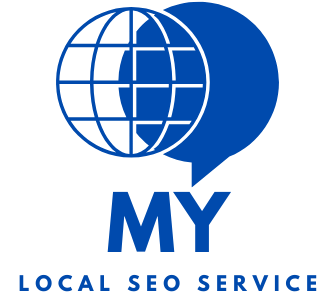Google Maps has become a crucial tool for businesses looking to attract local customers. If your business isn’t ranking high on Google Maps, you’re missing out on valuable traffic and potential sales. In this guide, we’ll walk you through the steps to optimize your Google My Business (GMB) profile and implement local SEO strategies to outperform your competitors.
Step 1: Claim and Verify Your Google My Business Listing
Your Google My Business profile is the foundation of your Google Maps presence. To claim and verify your listing:
-
Visit Google My Business and search for your business.
-
If it exists, claim ownership; if not, create a new listing.
-
Complete the verification process via phone, email, or postcard to establish credibility.
Step 2: Optimize Your Google My Business Profile
-
Business Name: Ensure it matches your official name and does not include unnecessary keywords.
-
Categories: Select primary and secondary categories that best describe your business.
-
Description: Use relevant keywords naturally while describing your business and services.
-
Business Hours: Keep them updated, including special holiday hours.
-
Attributes: Add relevant attributes like “Wheelchair Accessible,” “Free Wi-Fi,” etc.
-
Photos and Videos: Upload high-quality images and videos showcasing your business, products, or services.
Step 3: Get More Customer Reviews (And Respond to Them)
Google considers customer reviews when ranking businesses on Google Maps. To increase your reviews:
-
Ask satisfied customers to leave a review.
-
Provide excellent customer service to encourage positive feedback.
-
Respond to all reviews—thank customers for positive feedback and professionally handle negative ones.
Step 4: Improve Your Local SEO With Citations
Citations (mentions of your business name, address, and phone number across different platforms) help Google validate your business information.
-
Ensure NAP (Name, Address, Phone number) consistency across directories.
-
Get listed on industry-specific and local directories like Yelp, TripAdvisor, and BBB.
-
Use data aggregators like Foursquare, Infogroup, and Localeze to distribute business details across the web.
Step 5: Optimize for Local Keywords
-
Use Google’s Keyword Planner to identify local search terms.
-
Incorporate these keywords naturally in your GMB description, website content, and blog posts.
-
Create location-specific landing pages if you have multiple locations.
Step 6: Utilize Google Posts
Google Posts allow businesses to share updates, offers, and events directly on their GMB profile.
-
Post weekly updates with engaging images and a call to action.
-
Promote special deals, events, and new product launches.
-
Keep content relevant and informative to attract more engagement.
Step 7: Build High-Quality Local Backlinks
Backlinks from authoritative local websites boost your credibility and search rankings.
-
Partner with local businesses and request backlinks.
-
Get featured in local news sites or blogs.
-
Join local chambers of commerce and directories that provide backlinks.
Step 8: Optimize for Mobile and Voice Search
A significant portion of local searches happens via mobile devices and voice assistants.
-
Ensure your website is mobile-friendly and loads quickly.
-
Use conversational, long-tail keywords to optimize for voice search.
-
Include FAQs on your website to answer common voice search queries.
Step 9: Leverage Google Maps Ads
Google Maps Ads can help you gain instant visibility above organic search results.
-
Set up Google Ads with a focus on location-based targeting.
-
Use location extensions to link ads directly to your GMB profile.
-
Optimize your ad copy with relevant keywords and calls to action.
Step 10: Monitor Performance and Make Improvements
Regularly tracking your performance helps you identify areas for improvement.
-
Use Google My Business Insights to analyze user interactions.
-
Track ranking changes with tools like BrightLocal or Whitespark.
-
Continuously update and refine your strategy based on insights.
Conclusion
Ranking higher on Google Maps requires ongoing effort and a solid local SEO strategy. By following these steps—optimizing your GMB profile, generating customer reviews, building local citations, and leveraging local keywords—you can outrank competitors and attract more local customers. Start implementing these strategies today and watch your business grow!

